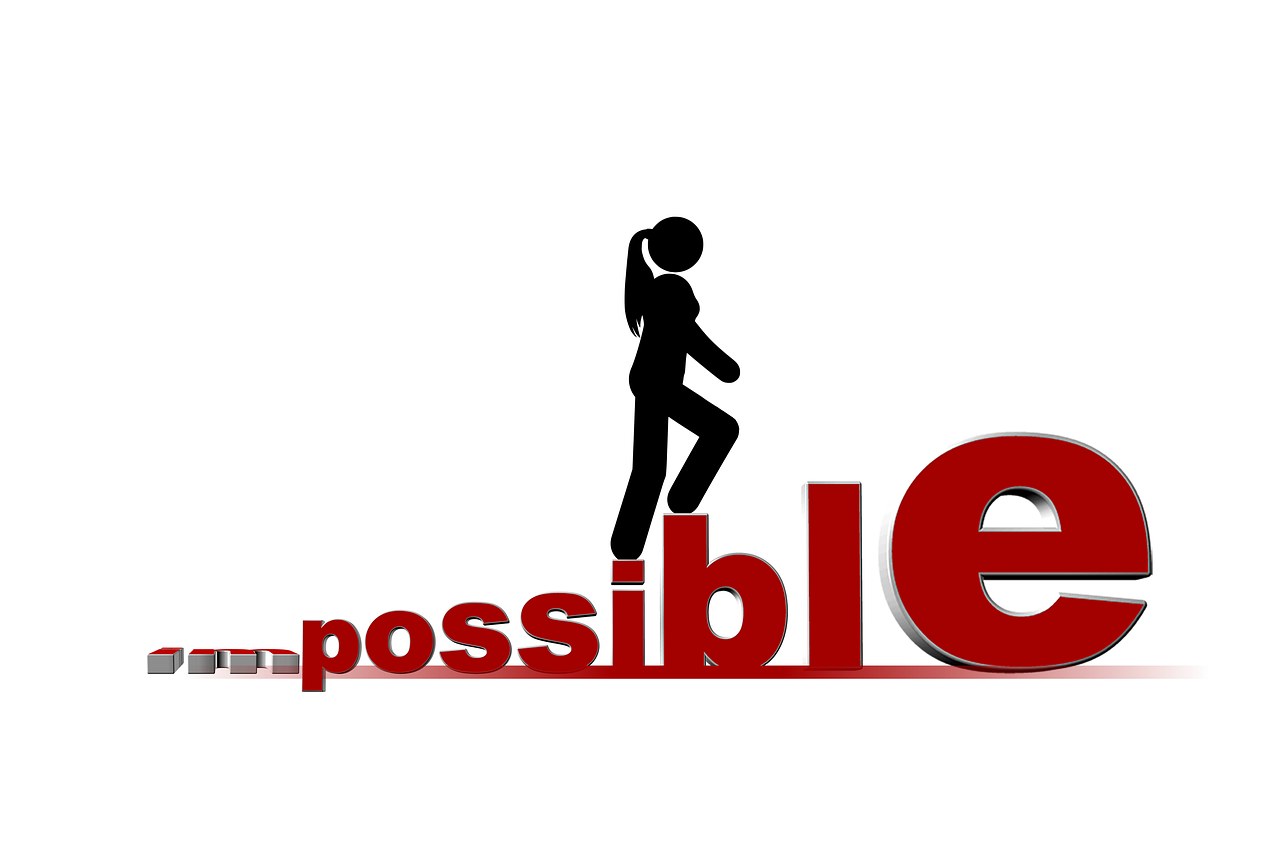Every couple writes a unique script, yet most stories share familiar parts – the quiet caregiver, the steady planner, the spark of adventure. Understanding relationship roles is not about squeezing into a tight costume; it is about noticing patterns that already guide your days and choosing them with care. When partners explore relationship roles openly, routines feel lighter, conflicts soften, and intimacy grows because each person knows where they shine and where they need support.
The Psychology Behind Shared Roles
You did not audition for a part, but you are onstage all the same. Relationship roles often emerge from cultural expectations, family modeling, and personal temperament – influences that hum in the background until you pay attention. Social scripts encourage certain behaviors, like who initiates conversations or who steers date planning. These scripts are not destiny; they are starting lines. Once you see them, you can keep what works and rewrite what does not, bringing relationship roles into conscious alignment with your values.
Complementarity matters too. Partners rarely bring the same blend of strengths at the same time – which is excellent news. One person’s calm can steady the other’s urgency; a playful streak can soften a realist’s edge. When complementarity is collaborative rather than competitive, relationship roles become tools for balance rather than labels that confine.

Attachment history also colors the parts people lean toward. Early experiences of safety or uncertainty do not lock anyone in place, yet they can nudge a person to become the vigilant protector, the independent problem-solver, or the ever-available listener. Naming these pulls helps partners respond with compassion – and adjust relationship roles without blame.
Common Roles Partners Often Play
Below are widely recognizable relationship roles. You may recognize yourself in several – and that is normal. The point is not to choose just one but to notice how the mix functions and how it feels for both of you.
The Caregiver
Warm meals, soft blankets, and steady check-ins – this person nourishes. The Caregiver keeps an eye on comfort and recovery, noticing small shifts in mood and energy. To keep relationship roles balanced, the Caregiver benefits from receiving care as well, setting boundaries so generosity remains joyful rather than draining.

The Provider
Security and logistics sit here. The Provider watches budgets, anticipates needs, and builds a sense of safety. When this role dominates, love can mistakenly be measured only in material terms. Healthy relationship roles invite the Provider to share feelings and needs alongside resources.
The Listener
Attentive, patient, and curious, the Listener makes space for complexity. They track the thread beneath the words and reflect it back with kindness. Even expert listeners need a turn on the other side of the conversation – relationship roles thrive when empathy flows both ways.
The Motivator
Encouragement is their native language. The Motivator spots potential and names it out loud, especially on difficult days. The art lies in cheering without pressuring – in relationship roles, inspiration works best when goals remain shared, not assigned.

The Planner
Calendars, reminders, confirmations – this role keeps life humming. The Planner brings rhythm to the week and foresight to big moments. To avoid becoming the default manager, the Planner can delegate specific tasks and invite rotation so relationship roles feel like teamwork rather than a single-person production.
The Peacekeeper
De-escalation is their specialty. The Peacekeeper slows reactions and opens a window for clarity when tempers climb. The challenge is to preserve honesty – in healthy relationship roles, calming the storm does not mean silencing real feelings.
The Social Coordinator
Connections matter, and the Social Coordinator nurtures them. They plan dinners, remember names, and keep family ties alive. To keep relationship roles balanced, they can check in about energy levels and protect downtime so social life supports intimacy rather than replacing it.
The Emotional Anchor
Predictable, steady, and present, the Emotional Anchor offers consistency through change. Anchors must also ask for support – relationship roles are mutual, and even the rock needs a harbor.
The Adventurer
Spontaneity keeps love awake. The Adventurer proposes new routes, new recipes, and new experiences. A touch of structure helps this energy land well – relationship roles flourish when excitement and dependability travel together.
The Intellectual Stimulator
Ideas fuel closeness. This role sparks long talks, big questions, and shared learning. They help a couple think well together, which deepens trust. In balanced relationship roles, insight pairs with tenderness so analysis never replaces affection.
The Problem-Solver
Solutions are tempting – especially when stress peaks. The Problem-Solver diagnoses and repairs, from household glitches to knotty dilemmas. Sometimes, though, listening matters more than fixing. Clear agreements about when to brainstorm and when to simply witness keep relationship roles aligned with what each moment needs.
The Spiritual Guide
Values, meaning, and conscience live here. The Spiritual Guide invites reflection and shared rituals. Respect is essential – relationship roles honor personal beliefs without insisting on uniformity.
The Realist
Practical questions, measured steps, and sober assessment – the Realist grounds enthusiasm. When paired with hope, this role keeps dreams doable. In healthy relationship roles, realism tempers fear rather than amplifying it.
The Empath
Subtle signals are loud to the Empath. They sense tone shifts and unspoken worries. Boundaries protect their sensitivity – relationship roles work best when empathy includes self-care.
The Optimist
Light finds a way in. The Optimist reframes setbacks and highlights progress. Balance comes from acknowledging pain while still pointing to possibility – relationship roles embrace both truth and hope.
The Humorist
Laughter loosens knots. The Humorist breaks tension and keeps play alive. Timing is everything – in compassionate relationship roles, jokes never dodge accountability.
The Domestic Engineer
Homes do not run themselves. This role handles chores, repairs, and everyday systems. Visibility matters – relationship roles stay fair when invisible labor is appreciated and shared.
The Critic
Constructive feedback helps growth. The Critic names what is not working and suggests refinements. Respectful delivery makes the difference – in balanced relationship roles, critique aims at improvement, not control.
The Memory-Keeper
Stories, milestones, and small traditions thrive under this role. The Memory-Keeper protects meaning and continuity. Staying present is key – relationship roles celebrate the past while investing in today.
The Sensualist
Touch, presence, and physical closeness are their language. The Sensualist reminds both partners that affection is not an afterthought. Clear consent and ongoing dialogue ensure this part of relationship roles remains attuned and welcoming.
Why Flexibility Matters
It is tempting to declare a single part and never look back – yet life has seasons. Work shifts, health changes, family needs, and personal growth all tug on the mix. Flexible relationship roles adapt to these shifts so neither partner becomes trapped in yesterday’s arrangement. One year you may lead with planning; later, caregiving takes center stage. Adaptation is not a failure of consistency – it is the heartbeat of partnership.
Fairness also depends on fluidity. If one person always solves problems while the other always smooths conflict, resentment can build quietly. Taking turns, cross-training skills, and renegotiating responsibilities keep relationship roles equitable and energizing.
How Understanding Roles Strengthens Connection
Knowing your shared patterns is like adding subtitles to a complex film – meaning becomes easier to catch. When partners name and refine relationship roles, several benefits follow.
Clearer Communication
Labels are not cages; they are shorthand. If one partner identifies as the Realist and the other feels drawn to optimism, planning talks become smoother because each influence is welcome. Relationship roles give conversations a shared map.
Emotional Well-Being
No one must do everything. Dividing and rotating roles lowers pressure and preserves energy. When presence and tasks are shared intentionally, relationship roles support mental health rather than eroding it.
Expectation Alignment
Unspoken assumptions cause friction. Naming who tends to remember dates or who prefers to initiate intimacy prevents hurt feelings. Relationship roles bring implicit hopes into the open where they can be shaped together.
Better Teamwork
Couples move as a unit when strengths are known. The Planner schedules, the Adventurer chooses the surprise detail, and both enjoy the result. Relationship roles become positions on the same team, not competing job titles.
Personal Growth
Trying new roles stretches identity in healthy ways. The Listener experiments with assertiveness; the Provider explores vulnerability. Relationship roles are a playground for practice – partners evolve by switching lanes on purpose.
Less Conflict
Fewer repetitive arguments happen when responsibilities are transparent. A rotating plan for chores or financial check-ins prevents last-minute panic. Relationship roles offer structure that reduces friction.
Greater Satisfaction
Feeling effective feels good. When each person contributes in ways that matter, the bond deepens. Relationship roles, thoughtfully arranged, let appreciation become a daily habit.
Stronger Commitment
Shared roles create a sense of joint mission. It is easier to persist through difficulty when you trust the process you have designed. Relationship roles clarify how the partnership works under strain.
Adaptability Beyond the Couple
Skills learned at home travel outward. Negotiation, feedback, and boundary-setting improve friendships and work collaborations. Relationship roles can be a training ground for life.
Trust and Reliability
When patterns are dependable and revisited regularly, trust grows naturally. Relationship roles help partners make and keep promises – which builds security over time.
Respect for Individuality
Seeing each other’s distinct gifts reduces pressure to be everything to everyone. Relationship roles honor uniqueness while supporting the whole.
Practical Equality
Equality is not sameness; it is fairness. Transparent tasks and rotating leadership make care work visible. Relationship roles create parity without erasing difference.
Emotional Intelligence
Self-awareness and empathy sharpen when you notice your defaults. Relationship roles encourage partners to ask, “What am I bringing right now – and what is needed?”
Resilience
With a wide toolkit, setbacks are easier to absorb. When illness hits or plans change, relationship roles shift to cover gaps, preventing crisis from becoming catastrophe.
Appreciation
When contributions are named, gratitude flows more freely. Relationship roles make it obvious what to thank each other for – and how to reciprocate.
Pitfalls to Watch For
Roles help until they harden. Here are common traps and how to sidestep them so relationship roles remain helpful.
Overcommitment
Taking on too much looks noble but quietly erodes joy. Choose a core set of responsibilities, rotate others, and schedule rest. Relationship roles should sustain energy, not exhaust it.
Power Imbalance
When certain contributions are treated as more valuable, status follows them. Naming invisible labor and sharing financial decisions keeps relationship roles from creating hierarchy.
Loss of Self
Chameleon behavior wins short-term harmony but costs authenticity. Protect your non-negotiables and hobbies. Relationship roles should fit the person, not erase them.
Rigidity
Refusing to shift becomes a quiet stalemate. Build a habit of seasonal reviews so relationship roles evolve with life’s demands.
Misaligned Expectations
Different pictures of partnership produce repeated disappointment. Replace mind-reading with explicit agreements – relationship roles thrive on clarity.
Emotional Burnout
Roles like Listener, Empath, or Emotional Anchor can quietly overtax. Schedule debriefs, set limits, and diversify support. Relationship roles work when care circulates.
Conflicting Roles
Some parts clash if held simultaneously without thought, like strict enforcer and perpetual friend. Spot contradictions and choose context-specific approaches so relationship roles complement rather than collide.
Codependency
When identity fuses entirely with a role, autonomy fades. Keep solo time, maintain outside connections, and celebrate personal goals. Relationship roles are meant to connect adults, not merge them.
Designing a Better Balance Together
Balance rarely appears on its own – couples create it. The following practices help relationship roles feel fair, flexible, and energizing.
Practice Interdependence
Neither extreme independence nor total fusion serves intimacy. Interdependence says, “I can stand on my own, and I choose to lean with you.” Relationship roles become negotiated choices anchored in capability and care.
Talk Early and Often
Communication is the multi-tool of love. Discuss which tasks you enjoy, which you tolerate, and which you dread. Update the plan when circumstances change. Relationship roles should be spoken aloud, not assumed.
Negotiate, Do Not Dictate
Assigning a role without consent breeds resistance. Trade, rotate, and co-lead. In respectful relationship roles, influence is shared, and decisions reflect both voices.
Stay Adaptive
Life will rewrite the schedule – expect it. Build in checkpoints around major transitions so relationship roles can shift deliberately rather than reactively.
Set Boundaries
Yes to generosity, no to depletion. Boundaries keep kindness sustainable. Relationship roles that include limits preserve goodwill over the long arc.
Review and Revise
Hold regular mini-retrospectives. What is working? What feels heavy? What experiment would help? Relationship roles improve when couples treat them as living agreements.
Celebrate Differences
What frustrates in one context may be gold in another – the Realist grounds budgets; the Adventurer refreshes weekends. Relationship roles value distinctiveness and channel it productively.
Co-Creating a Living Story
Partnership is not a script to memorize – it is an improvisation you craft together. When you notice patterns, name them, and refine them with intention, relationship roles stop being invisible forces and become chosen agreements. You can swap spots during busy seasons, share leadership during calm stretches, and build rituals that honor both steadiness and surprise. In that give-and-take, the relationship stays alive – spacious enough to hold two whole people and coordinated enough to move as one.